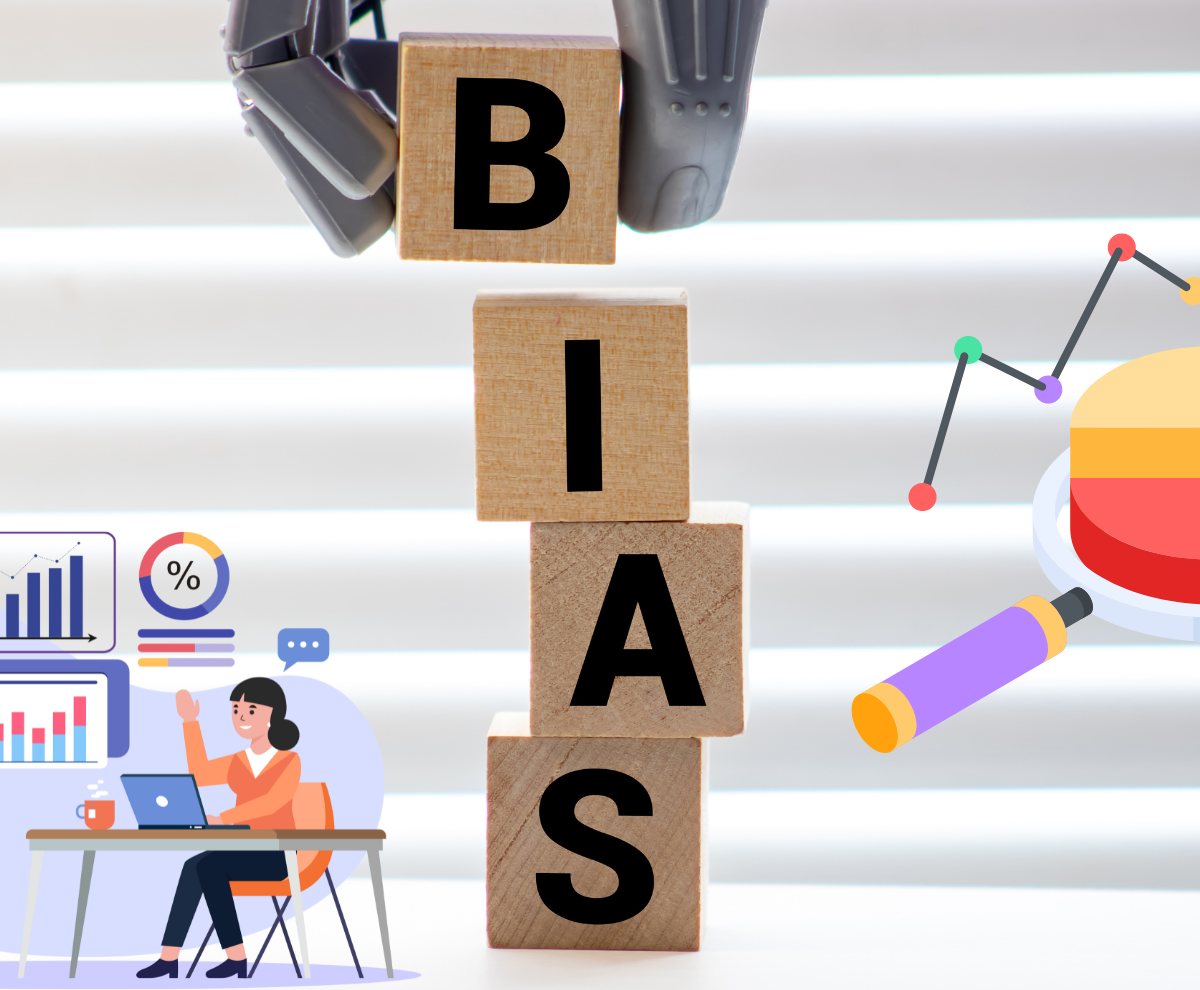In the vast landscape of data analysis, bias lurks at every turn, quietly influencing outcomes and shaping decisions. Recognizing and mitigating bias is essential for maintaining integrity and ensuring the reliability of data-driven insights. Let’s delve into the multifaceted realm of bias and explore strategies for navigating its treacherous waters.
As humans, we have many biases, both implicit and explicit. Biases are systematic errors in thinking influenced by cultural and personal experiences. Biases distort our perception and cause us to make incorrect decisions. One bias that many humans share is automation bias. Automation bias stems from the idea that computers or machines are more trustworthy than humans because they are more objective. Automation bias is at the root of why people follow their GPS into trouble, even when contradictory information is available.
Automation Bias: A Perilous Path
Imagine blindly following your GPS into a lake simply because it instructed you to do so. While this scenario may seem absurd, it exemplifies the phenomenon of automation bias, where individuals place undue trust in automated systems, despite conflicting evidence or common sense. This bias, rooted in the perception of machines as infallible and objective, can lead to disastrous consequences, mirroring the dangers of overlooking human judgment in favor of algorithmic directives.
Human Biases in Data Analysis
As humans, we are inherently susceptible to biases, both implicit and explicit, which color our perceptions and distort our decision-making processes. One prevalent bias is automation bias, manifesting in our inclination to defer to machines over human judgment, under the assumption of impartiality. This bias underpins incidents where individuals blindly follow GPS instructions, even in the face of contradictory information.
Unveiling Bias in Data Collection
Before delving into data analysis, the process of data collection sets the stage for potential biases to emerge. Selection bias, or sample bias, arises when the chosen sample fails to accurately represent the broader population. Poor study design, inadequate sample size, or historical influences can all contribute to selection bias, skewing the dataset and undermining the validity of subsequent analyses.
Case in point: Amazon’s ill-fated foray into algorithmic hiring, where a machine-learning algorithm inadvertently perpetuated gender bias. Trained on a predominantly male applicant pool, the algorithm exhibited a preference for resumes devoid of gender-associated terms, systematically disadvantaging female candidates. This glaring example underscores the importance of striving for diverse and representative datasets to mitigate selection bias.
Unraveling Algorithmic Bias
Algorithmic bias, characterized by systematic errors that yield unfair outcomes, poses a formidable challenge in data analysis. Facial recognition software, touted for its applications in law enforcement, is rife with algorithmic bias, disproportionately affecting certain demographic groups. Studies reveal disparities in accuracy across racial and gender lines, highlighting the perils of relying on flawed algorithms for critical decision-making.
The Gender Shades project sheds light on these disparities, exposing the inherent biases embedded within facial recognition algorithms. Proprietary algorithms, shrouded in secrecy, exacerbate the issue by precluding transparency and hindering accountability. Addressing algorithmic bias necessitates transparency in algorithm design and rigorous evaluation using representative datasets, fostering accountability and mitigating harm.
Navigating Bias in Interpretation
Even in the final stages of data analysis, bias can exert its influence, tainting interpretations and distorting conclusions. Confirmation bias, the tendency to seek out information that aligns with preconceived notions, can skew results and undermine objectivity. Guarding against confirmation bias requires a conscious effort to articulate hypotheses transparently and critically evaluate their impact on data interpretation.
Additionally, overgeneralization bias and reporting bias pose further challenges in extrapolating findings beyond the confines of the dataset and selectively reporting results, respectively. Vigilance in interpreting data and acknowledging the limitations of generalization are essential for fostering accuracy and integrity in reporting.
Concluding Thoughts
In a data-driven world permeated by algorithms and machine learning, confronting bias is paramount to safeguarding fairness and equity. Understanding the myriad forms of bias that pervade data analysis empowers us to interrogate assumptions, challenge conventional wisdom, and make informed decisions. By embracing transparency, diversifying datasets, and fostering accountability, we can navigate the complexities of bias and chart a course toward more equitable and reliable data analysis.









